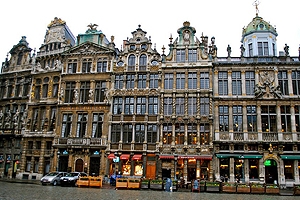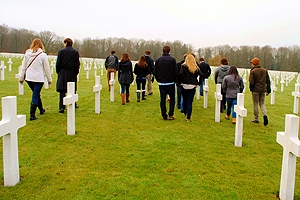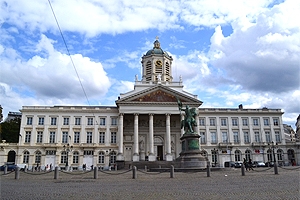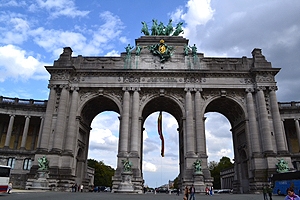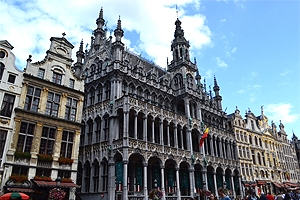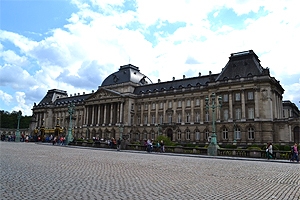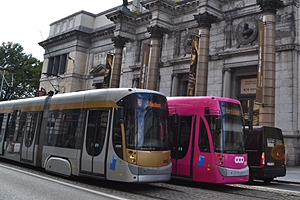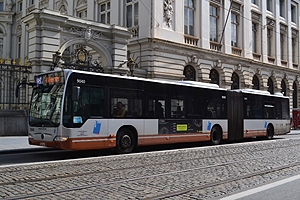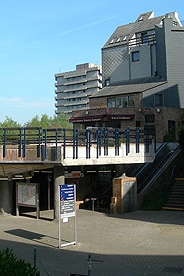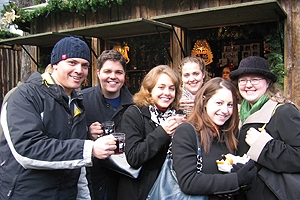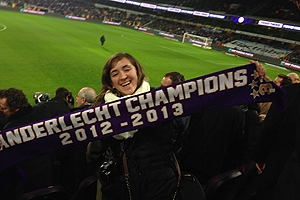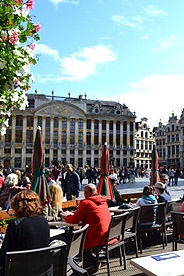Find a Treasure Principle places you will find to go shopping in Brussels
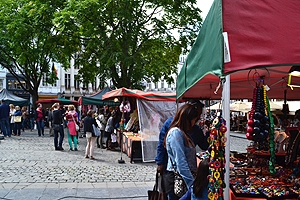
Markets: Brussels features over 100 open air markets, operating on various days of the week. Here is a small list of some of the best:
- Everyday in Brussels at the Place de Jeu Balle, 8am-1pm
- Every Saturday and Sunday in Brussels is an antiques market at the Grand Sablon, 7am-1pm
- Every Sunday in Anderlecht: at the Westland Shopping Center, 8am-1pm
- Tuesdays, Fridays and Saturdays in Stockel at Place Dumont, 9am-1:00 pm
- First Saturday of the Month in Schaerbeek at Place Daily, 7am-6pm and in Woluwe St. Pierre at Parvis St. Alix
- First Sunday of the Month in Auderghem at Pl. Pinoy, 6am-1pm, in Uccle at rue Vanderkindere 8am-6pm, and in Woluwe St. Lambert at place St. Lambert, 7am-1pm
- Third Sunday of the Month in Auderghem near the Carrefour on Bd. Souverain, 7am-1pm, and in Woluwe St. Lambert at the Woluwe Shopping Center, 9am-1pm
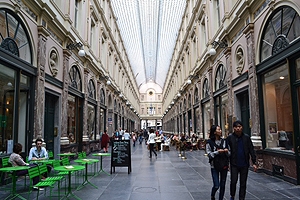
Galleries: A shopping specialty of Brussels is the indoor shopping galleries and arcades. Galeries Saint-Hubert (rue Arenberg) is the oldest gallery in Europe, built in 1846. Galleries Louise (off of Place Louise) is more modern.
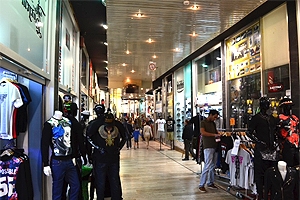
Shopping Malls: For an American-style shopping mall, you have four options in Brussels: The Woluwe Shopping Center at the Roodebeek metro stop, the Basilique Shopping Center near the Basilica, the City Two Shopping Center near the Rogier metro, and the Stockel Square Mall at the Stokkel metro.
Shopping Areas: The high (and very pricey) society of fashion is near Place Louise on Av. Louise and Boulevard de Waterloo. Otherwise, the main shopping street is the Rue Neuve pedestrian street with department stores and specialty shops.

Belgian Specialty Stores: Some stores specialize in typical Belgian products. For Belgian chocolates try Neuhaus in the Galleries Saint Hubert or Pierre Marcolini off of the Sablon or Mary's near the Congress Column. For tapestries, there are many stores around the Grand Place. For lace, go to Bruges which is filled with lace shops! For Val St. Lambert crystal, try Art & Selection. For Belgian beer and beer glasses, there is Bières Artisanale.

